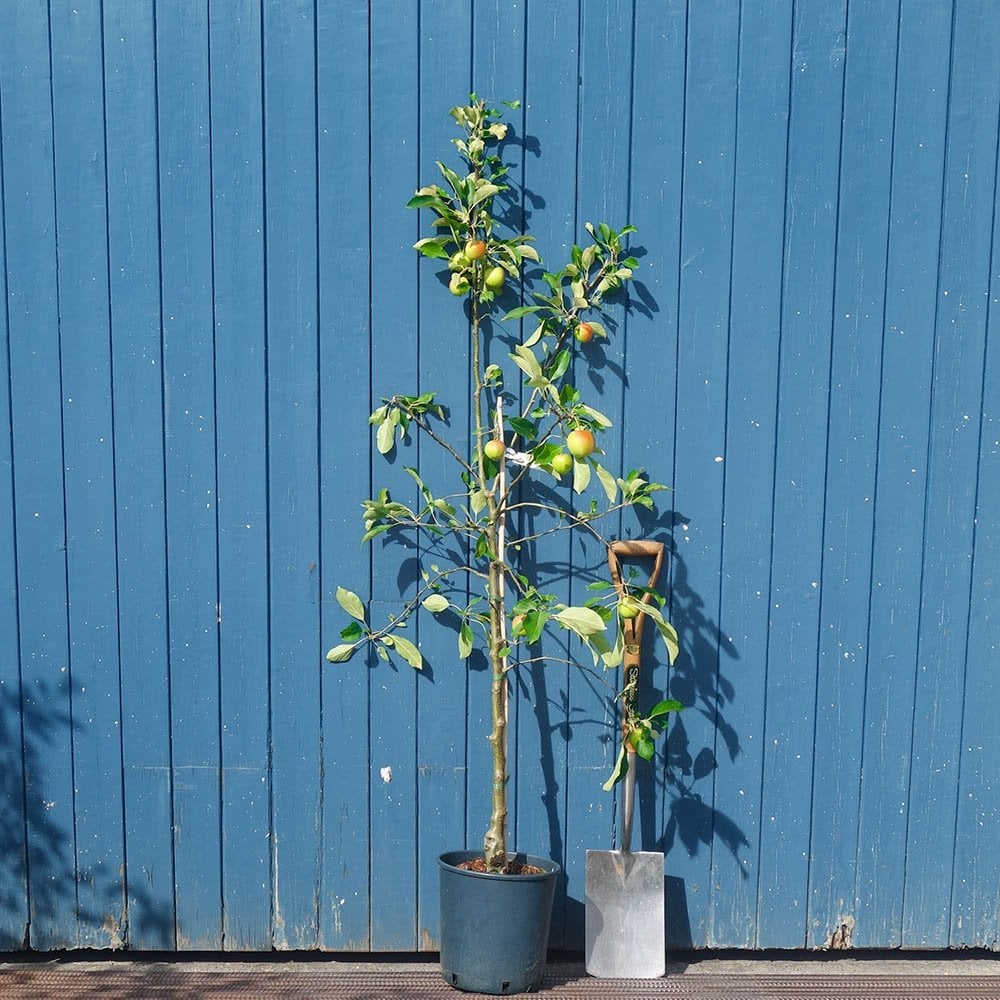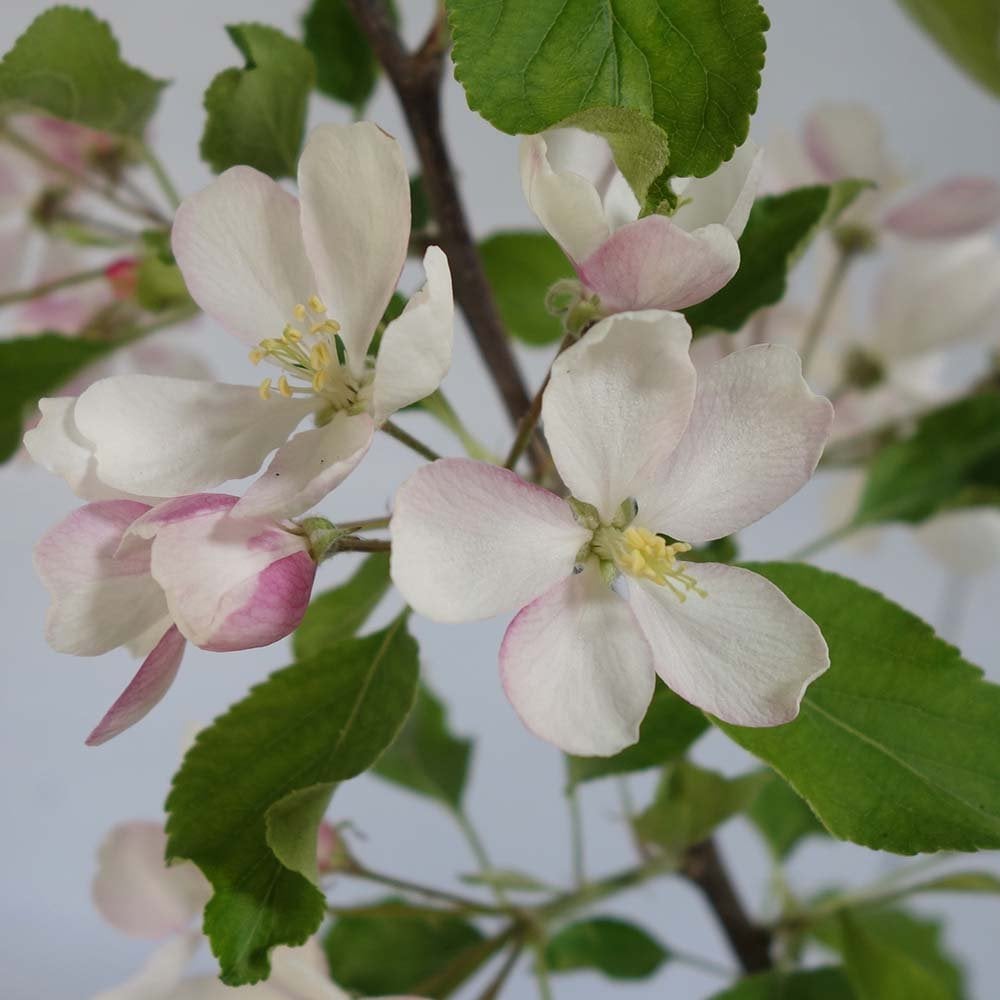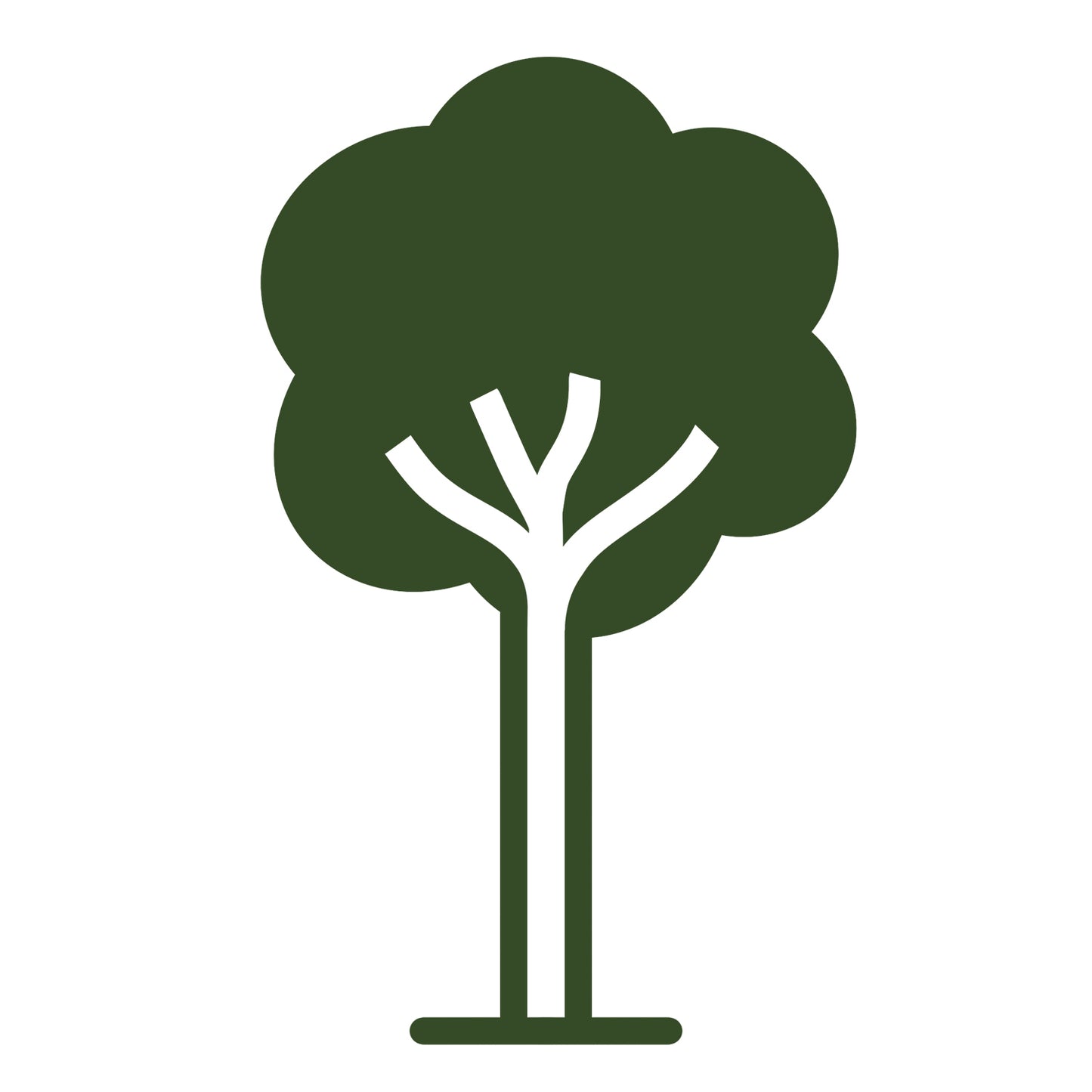Red Falstaff Apple Tree
Red Falstaff Apple Tree
Eating & Juicing Apple Trees

Red Falstaff Apple Tree
Eating & Juicing Apple Trees
Key features





Description
Apple Red Falstaff is one of the most popular garden apple trees, favoured for its heavy crops of delicious red apples in October. Red Falstaff apples have crunchy, creamy coloured flesh under red skin. The flesh has a near perfect balance of sweet on sharp and tastes just as you’d expect an apple to taste, appley!
As a self-fertile variety, Red Falstaff apple trees so not require a pollinator. A winner with the kids, it is also fantastic for home juicing. The tree crops heavily and the red apples can be stored for 1-2 months. With so many selling points, it is no surprise this award-winning UK variety is a popular choice of apple tree.
AKA Malus domestica 'Red Falstaff' originates from Norfolk in 1983.
| Small shrubs (1-3) | Young trees & 4+ small shrubs | Select semi-mature trees & shrubs (1-4) | All other mature trees (any quantity) | |
|---|---|---|---|---|
| Mainland UK ex. Scottish Highlands | £10 | £12 | £35 | from £55 |
| Scottish Highlands & the Islands | From £30 | |||
| Outside Mainland UK | Currently we are unable to deliver outside of Mainland UK | |||
Product Details
Key features





Description
Apple Red Falstaff is one of the most popular garden apple trees, favoured for its heavy crops of delicious red apples in October. Red Falstaff apples have crunchy, creamy coloured flesh under red skin. The...
Apple Red Falstaff is one of the most popular garden apple trees, favoured for its heavy crops of delicious red apples in October. Red Falstaff apples have crunchy, creamy coloured flesh under red skin. The flesh has a near perfect balance of sweet on sharp and tastes just as you’d expect an apple to taste, appley!
As a self-fertile variety, Red Falstaff apple trees so not require a pollinator. A winner with the kids, it is also fantastic for home juicing. The tree crops heavily and the red apples can be stored for 1-2 months. With so many selling points, it is no surprise this award-winning UK variety is a popular choice of apple tree.
AKA Malus domestica 'Red Falstaff' originates from Norfolk in 1983.
Planting & Care
Delivery Information
| Small shrubs (1-3) | Young trees & 4+ small shrubs | Select semi-mature trees & shrubs (1-4) | All other mature trees (any quantity) | |
|---|---|---|---|---|
| Mainland UK ex. Scottish Highlands | £10 | £12 | £35 | from £55 |
| Scottish Highlands & the Islands | From £30 | |||
| Outside Mainland UK | Currently we are unable to deliver outside of Mainland UK | |||
MORE TO GROW YOUR GARDEN


































